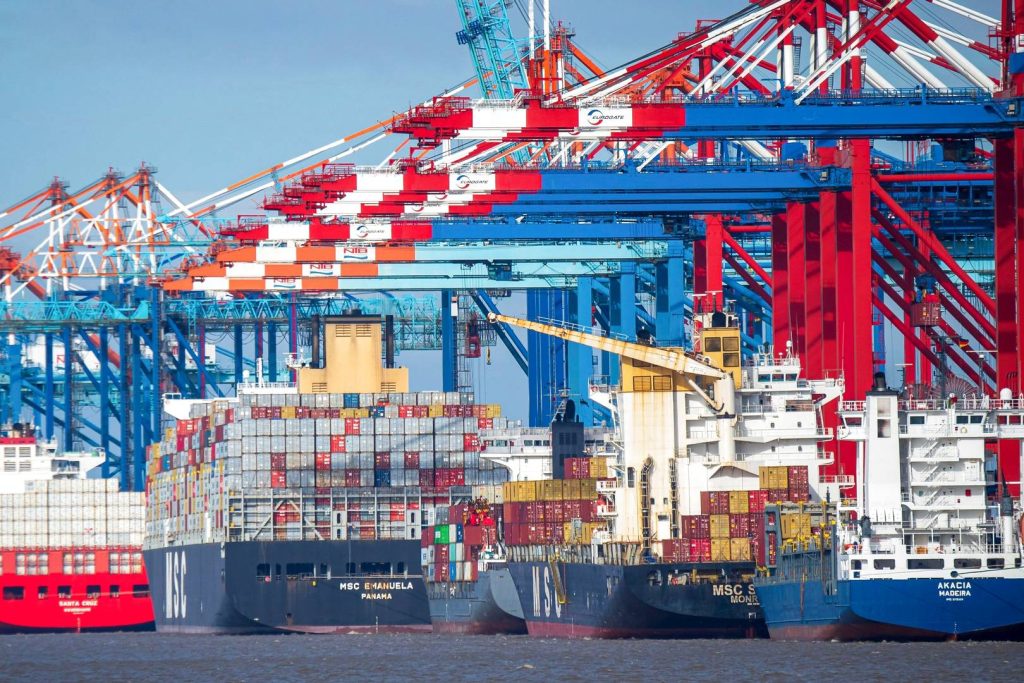Introduction
In April 2024, satellite traffic monitoring revealed a striking 17% drop in truck freight traffic across Eastern Europe. That same month, Russian crude oil, particularly Free-On-Board (FOB) grades, began trading at increasingly steep discounts to Brent crude—a signal many called the start of a potential price glut. How did falling overland transport volumes across Europe foreshadow a collapse in Russian oil prices? This analysis digs deep into the nexus of logistics shifts, global fuel trends, and geopolitical energy flows to uncover whether satellite-tracked trucking data could have served as an early indicator of falling Russian oil demand—and what implications followed from Europe through Asia-Pacific markets.
Key Data and Background
Satellite-based truck density analysis, provided by geospatial intelligence firms like Orbital Insight, showed a sharp decline in heavy truck activity across Poland, Lithuania, and Slovakia in April 2024. Specifically, truck traffic—calibrated via daytime and nighttime infrared congestion measures—fell 17% compared to Q1 2024 levels. Analysts cross-referenced OpenStreetMap ports used for Russian crude exports to assess the impact on oil logistics.
Simultaneously, Russian FOB oil prices diverged sharply from Brent. By mid-2024, Urals FOB Russia averaged a $12-per-barrel discount vs. Brent, widening from $7 earlier in the year; in some weeks the gap reached over $14. This divergence reflected oversupply and weakened export demand for Russian crude, particularly in Europe. Figure 1 illustrates the inverse correlation between European truck density and Russian FOB price spread from January to June 2024—a clear visual cue linking logistics decline to price compression.
The phenomenon coincided with broader market conditions: global oil demand had softened post-COVID, LNG competition rose, and refineries in Southern Europe began rerouting away from high-sulfur Urals crude. Falling truck volumes in border areas hinted at reduced overland oil and refined product flows—supporting the thesis that Russian pipeline and rail volumes also faltered.
Cross-Market Impacts
The drop in European trucking activity triggered ripple effects across multiple markets. In the EU, diesel prices fell rapidly: ARA (Amsterdam-Rotterdam-Antwerp) diesel benchmark dropped by 20 USD/tonne between April and June 2024. Lower crude feedstock costs, combined with logistics easing, pushed pump prices in Germany and Italy down by an average of €0.10 per liter, boosting consumer sentiment and supporting light vehicle demand.
Meanwhile, in Asia, petrochemical firms importing Russian oil—either directly or via transshipment—benefited from improved margins. Leading refinery groups in India and China increased purchases of Russian grades, securing discounts north of $14 — allowing refiners to expand petrochemical output without margin erosion. These dynamics improved trade terms and temporarily eased inflation pressures—especially amid broader concerns over Asian energy costs.
This interplay recalls the 2013 “taper tantrum” where tightening U.S. liquidity caused capital flows to emerging markets, inflation shifts, and commodity price resets. Here, satellite logistics served as a precursor signal, with freight activity correlating with physical flows and price trends before traditional metrics like trade volumes and customs data did.

Expert Viewpoints
International Energy Agency (IEA) downplayed the significance of truck traffic drops. Their May 2024 monthly report stated: “Reductions in trucking likely reflect seasonal logistical adjustments, not systemic demand weakness.” IEA highlights data showing rail and pipeline exports from key Russian ports remained stable through spring—suggesting no broad supply shock.
Zurich Geopolitical Research Institute, however, argued that satellite freight data exposed a real supply-chain retrenchment. Their June 2024 brief noted: “Declining truck traffic in Eastern Europe correlates with reduced refinery intake and logistics utilization for Russian oil—a spatial data confirmation of softening demand.” They highlighted instances where satellite-verified truck movement directly predicted lower shipments, often preceding price dislocations by several weeks.
Morgan Stanley, in a Q3 2024 commodity strategy report, called the pricing phenomenon “unexpected but explanatory when considering real-time logistics constraints.” They also warned that reliance on Russian crude by Chinese refiners could mitigate gluts—but warned of volatility if trucking resumed before seaborne flows corrected.
Adding contrarian texture, Nobel laureate and economist Paul Krugman criticized traditional models that assume pipelines and shipping always move in tandem with price. He wrote: “Digital logistics data—like satellites—can capture subterranean shifts that markets ignore, making price gluts not just macro-driven but logistically contingent.”
Future Outlook and Strategy
For 2025, several scenarios emerge:
- Optimistic Scenario: Eastern European trucking rebounds in tandem with global demand recovery. Russian FOB differentials narrow, stabilizing diesel prices in Europe and steadying Asian refinery margins.
- Cautious Scenario: Truck traffic remains subdued due to EU sanctions, refineries switching feedstock, or structural supply-chain realignment. Urals maintains deep discounts, prompting longer-term shifts in global crude sourcing and forcing logistics pipelines to adapt.
Key indicators for investors include satellite traffic indices, Urals-Brent spreads, and European refinery intake metrics. Those tracking EU pipeline throughput and customs data can anticipate supply realignments.
Strategic recommendations:
- Monitor daily infrared truck maps over logistics corridors.
- Track energy spreads month-over-month between Urals and Brent.
- Watch EU diesel retail prices and refinery runs.
- Engage Asian petrochemical stakeholders on crude sourcing shifts.
Conclusion
Satellite observations of a 17% drop in Eastern European trucking presaged the widening Russian oil price discounts that followed in 2024. These logistics shifts impacted diesel prices across Europe and eased import costs in Asia—offering a rare case where transportation analytics directly anticipated commodity pricing moves. While skeptics like the IEA argue logistics change alone doesn’t drive markets, the co-movement between freight and price trends suggests a more granular form of predictive insight. Should investors integrate satellite logistics data into commodity models—and can traditional energy institutions adapt to digital supply chain signals?



































